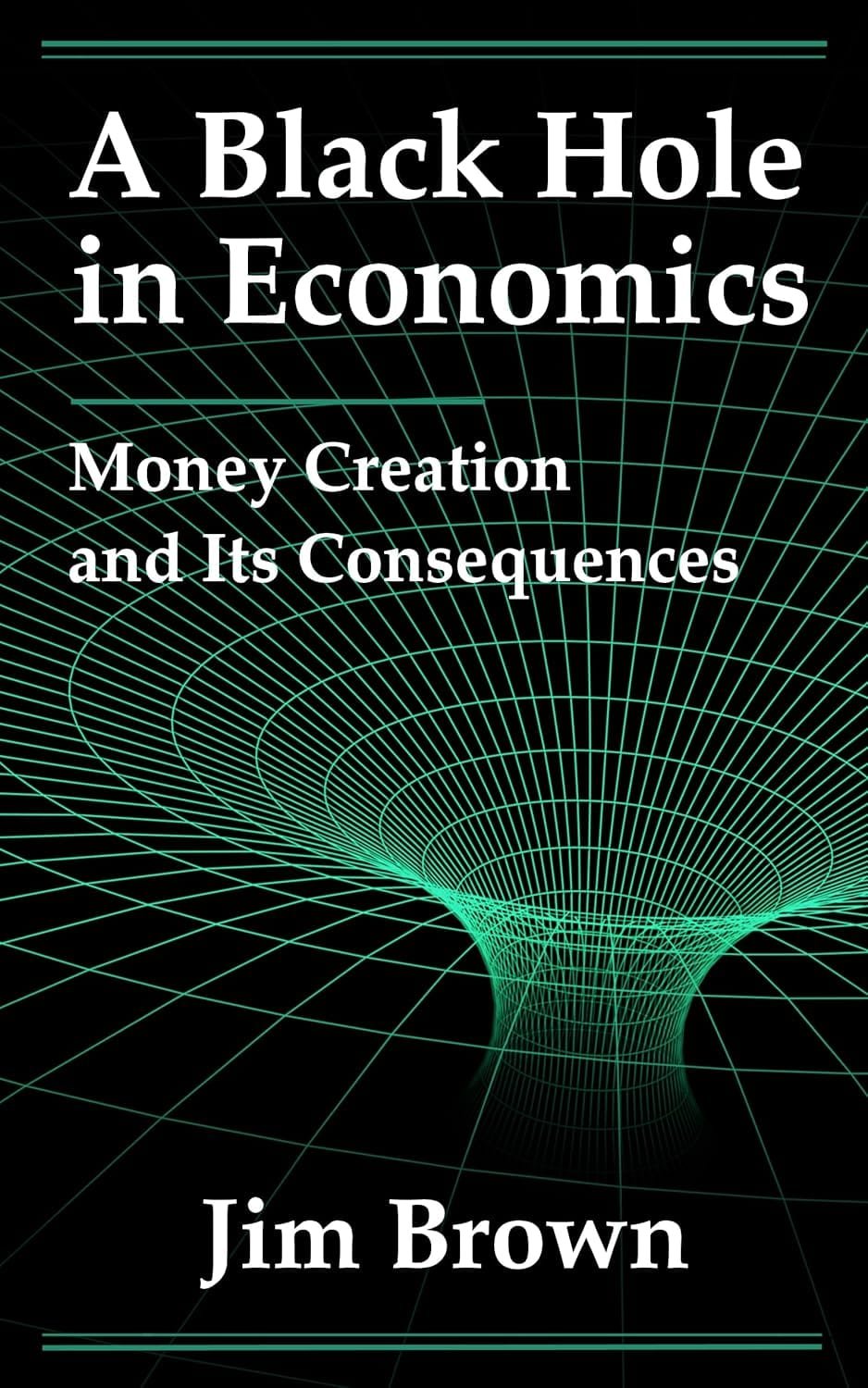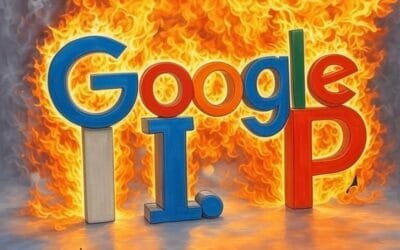This article is an adaptation of a lecture Mr. Salsman gave at Harvard University, in May of 1999. The print version has been edited lightly in order to retain it’s spontaneous quality. Mr. Salsman has not reviewed the edited version.
I’ve mentioned some of the political and legal aspects of antitrust law. I’ve also described the basics of capitalist competition. But there is a another, more predominant view of competition held by most economists, politicians, and journalists. It’s been taught for decades in the universities. It’s a major reason lawyers and government officials intervene so extensively in the free, competitive process. This view of competition is held even by the victims of antitrust–one reason they’ve been so inept at defending themselves.
I’m referring to the wildly mistaken concept known as “pure and perfect competition.” This is a theory, not about how market competition really does work–but about how it ought to work, regardless of reality. Before I summarize this theory, you might ask: How could such a theory have any practical relevance? My answer: Because it’s based on a moral code so widely accepted in the culture that people believe the theory and apply it regardless of its practicality. But judging whether a theory is practical requires looking at one’s goal. What if the goal is to stifle and shackle the able on behalf of laggards? No matter how unreal a theory, its practice could have the effect of accomplishing just that.
According to the theory of “pure and perfect competition,” markets are perfect, or ideal, only if they possess the following characteristics [the list is in most economics textbooks]:
- Every industry must have hundreds of firms and potential entrants, each firm with tiny shares of the overall market.
- Potential entrants must have equal and virtually cost-free access to the industry.
- Each firm must be completely devoid of any power to influence the price of his product or to alter his market share.
- Within each industry the products and services of each firm must be virtually indistinguishable from those of other firms; with no need to differentiate one’s offerings, ideally there should no promotion or advertising; if there is, it’s a waste.
- Profits are non-existent; if then exist there is an imperfection. Prices would be too high. A firm’s price should only cover a its “marginal costs”–those are the variable costs a firm incurs, the extra costs needed to produce extra goods, such as materials, fuel, inventory and labor; in pricing its product a firm does not cover fixed costs, those costs associated with plant, equipment, and patents, because these assets already exist. Since, in fact, fixed capital wears out and must be replaced, the requirement that price cover only marginal costs means that the “ideal” situation is firms showing losses.
- Finally every firm, consumer and investor must have cost-less and “perfect information” about the state of prices, production, employment and markets as well as of each others’ intentions–this despite the fact that it costs time and effort to produce valuable information and despite the “ideal” requirement that there be no advertising.
That’s it. I’ve made none of it up. The theory says there should be intense competition, but if any firm is actually observed competing or winning at competition, that’s strong evidence of “imperfect competition” and a “market failure.” According to the theory, what’s the solution to a market that “fails?” Obviously, a government policy to “fix” the failure, to enforce competition, all in accordance with the demands of the theory.
I don’t have to tell you that this theory is wholly at odds with the facts of reality. It’s a theory that pertains to no industry and no market, any place in the world, at any time in history. The proponents of the theory know this full well; they admit it openly in their texts. Yet they’re not embarrassed by the breach between their theory and market facts. Why not? Well, have you ever heard the bromide, “that’s good in theory, but not in practice?” Have you ever asked yourself, “Why would any theory qualify as good if it doesn’t fit reality?” No theory can do that accurately, it’s claimed. When epistemological confusion becomes this perverse and this pervasive, it’s “deuces wild.” You can make up anything you want and pass it off as scientific, especially if it fits a culture’s prevailing sense of what’s “ideal,” what’s the “perfection” toward which we should all strive.
Indeed, doesn’t the theory of “pure and perfect” competition fit the prevailing view of “ideal” fairness and justice? Aren’t large companies and wealthy capitalists seen as ruthless and powerful exploiters? Let’s have hundreds of firms, each with no influence on us. Isn’t it felt that everyone, regardless of ambition or merit, should have equal access to wealth and the preconditions of wealth? That’s egalitarianism; its political application is socialism. Well, let’s have equal access to industry, to goods, to information, to investment advice. Isn’t it considered vulgar and crass to promote oneself and one’s products? Isn’t it thought impolite to stand out as different, let alone as better? Let’s have no advertising or promotion. Isn’t profit considered a theft? Aren’t businessmen implored to “give something back to the community” because it’s presumed they stole something simply by engaging in business? Let’s have the opposite; let’s have losses. Don’t the so-called idealists criticize business for daring to claim a right to property? Don’t the critics insist that business must be a “steward” of the wealth that’s already there and belongs to “society” (or, according to the environmentalists, to far-distant generations)? Isn’t business urged to ignore the rights of its shareholder and instead serve the needs and wishes of “stakeholders.” By “stakeholders” the critics mean anyone except a firm’s owners. Let’s have an ideal view of pricing and profits which forbids business to take care of, replace or upgrade their capital or equipment. If they do, that’s “imperfect.” That’s “impure.” That’s “tainted” competition. “Clean” competition really means no competition.
Although the liberals in America, the traditional disciples of big government, have been willing accomplices in promoting this view of competition, it is the conservatives, the alleged defenders of capitalism, who are most responsible for it. I’ve already mentioned the role of the conservative politicians. But the source of the “pure and perfect competition” doctrine is none other than the conservatives from University of Chicago, the school with the reputation of having the most pro-capitalist economists in the world.
Frank Knight, founder of the Chicago School of Economics and a Christian philosopher to boot, first spelled out the so-called ideal” in an influential book published in 1921.[v] He guaranteed a lasting role for antitrust by grounding it philosophically. Knight believed the ethical standard for judging competition was “social justice,” based on a “Christian conception of goodness” which, he wrote, “is the antithesis of competitive.” According to Knight, the only justification for a competitive system is that the most productive men are encouraged “to make the greatest possible addition to the total social dividend.”[vi] Laws must preserve those who lose in what he derisively called “the game of business.”
Friedrich Hayek, a Nobel Prize-winner in economics (1974), who spent nearly a decade at Chicago, shares these premises. He defended antitrust similarly and in addition, on the view that private property is often what he called “an undesirable and harmful privilege.” “When I speak of









